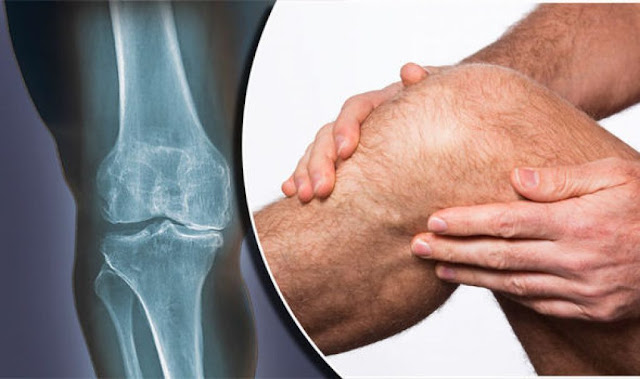How to Get the Most Out of Your Osteoarthritis Treatment
Osteoarthritis is a condition that affects the joints. It is the most common type of arthritis and affects the knees, hips, and other joints. Osteoarthritis can lead to pain and diminished function in the affected joint. There are several ways to manage osteoarthritis pain, and the best way depends on the severity of the disease and the individual's preferences. However, there are some general guidelines that can help you achieve pain relief from osteoarthritis.
This blog will teach you about the different types of osteoarthritis, the effect of osteoarthritis pain relief on joint function, and the various treatments for osteoarthritis. Armed with this information, you'll be able to choose the treatment that's best for you.
Classification of osteoarthritis
There are many different types of osteoarthritis, which can be broadly classified into three types: degenerative, reactive, and spondyloarthropathy. Degenerative osteoarthritis is the most common and progresses gradually. It can cause pain and stiffness in the joint, while reactive osteoarthritis is caused by an injury or infection and results in limited movement and swelling in the joint capsule.
Spondyloarthropathy is a rare form of arthritis caused by abnormal growths on the spine (spondylus) and is the most difficult to treat. For the most part, osteoarthritis pain relief depends on the type of osteoarthritis the individual has. However, there are a few general guidelines that can be followed to improve the quality of life for those with the condition.
Effect of osteoarthritis on joints
A joint that is affected by osteoarthritis typically experiences pain, stiffness, and limited movement. This can be a major pain in the butt, especially when it comes to everyday activities like going to work or going about your day-to-day life. Thankfully, there are ways to cope with the pain and limitations that osteoarthritis brings. One of the most important things you can do is modify your lifestyle habits.
This includes things like reducing inflammation, taking prescription drugs or supplements, and exercising regularly. In addition to helping to improve the symptoms of osteoarthritis, exercise has been shown to help keep joint health and reduce the risk of bone loss. So, make sure to incorporate some form of exercise into your daily routine – it could be the difference between living a pain-free life or enduring the discomfort of osteoarthritis.
Osteoarthritis treatment
If you're suffering from osteoarthritis, it's important to seek out treatment. There are many options available, and it's important to choose one that will work best for you. Treatment for osteoarthritis typically includes physical therapy, medication, and surgery. Each option has its own benefits and drawbacks, so it's important to choose one that will provide the best results.
Physical therapy is a common first step and can help restore function and mobility in the joints. Medications can help reduce inflammation and pain, while surgery can help fix the cartilage within the joint and improve its function. It's important to be patient while undergoing treatment, as each option has its own set of drawbacks. Be sure to talk to your doctor or therapist about your specific situation to determine the best course of action for you.
Conclusion
If you're suffering from osteoarthritis, it's important to know that there is no one-size-fits-all approach to treatment. A combination of treatments, such as self-care, medication, and surgery, is often the most effective approach.
In this blog, we have outlined the most common types of osteoarthritis pain relief, explained the effect of the disease on joints, and provided tips on how to best treat the condition. Make sure to read through the blog and find a treatment plan that suits your needs!




Comments
Post a Comment